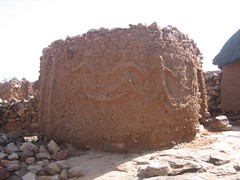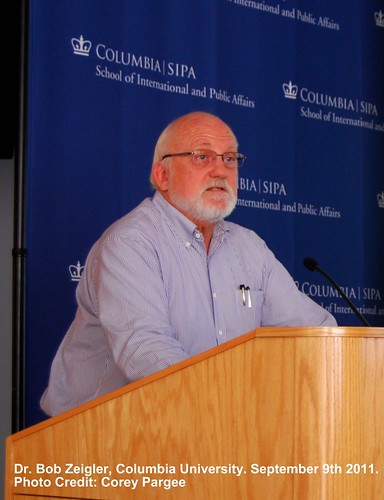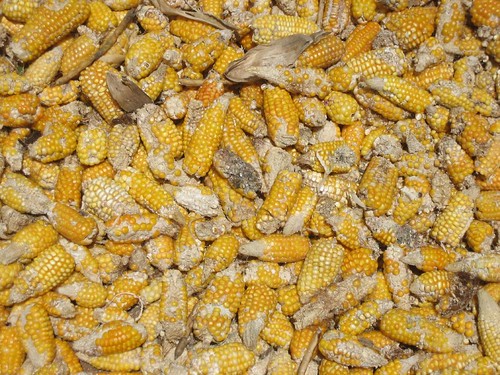1. The Anti-Politics Machine, James Ferguson. (“Sometimes markets don’t exist for a reason.”)
2. Peasants into Frenchmen, Eugen Weber (“Do not forget that French was recently a foreign language to most Frenchmen,” or “Nation building is a long and messy business.”)
3. Down and Out in Paris and London, George Orwell (“So you think we’re so far away from abject poverty ourselves?”)
4. African Economies and the Politics of Permanent Crisis, Nic van de Walle (“Everything you think about the African crisis and structural adjustment is wrong,” or “the aid and democratization folks seem to forget that incentives matter.”)
5. Seeing Like A State, Jim Scott. (“The perils of scientific approaches to planning and development.”)
6. and 7. Other Jim Scott must reads: Moral Economy of the Peasant (“Don’t overestimate the material.”) and Art of Not Being Governed (“Development usually means coercion, and underdevelopment is a strategy not a condition.”)
8. In the Company of Strangers, Paul Seabright (“The origins of market cooperation, industry and development are evolutionary.”)
9. Emergence of Autocracy in Liberia, Amos Sawyer (“Authoritarian politics are not solely the products of colonialism; seek checks and balances.”)
10. and 11. Party Games, Mark Summers, and Right to Vote, Alexander Keyssar (“Corruption and electoral mayhem — not so crippling to growth as you think,” or “Chill out, America, and remember you were recently much worse.”)
12. Coffee and Power, by Jeffrey Paige (“Five coffee producing nations, five different power structures, five very different democratic outcomes a hundred years later”)
13. and 14. Coercion, Capital and European States, Charles Tilly (“War makes the state”). See Jeffrey Herbst’s States and Power in Africa for the post-colonial converse (“An absence of war doesn’t make the state”).
15. Embedded Autonomy, Peter Evans. (“Most of the time state-led industrialization doesn’t work, but guess what? Sometimes it does.”)
16. and 17. Cities and the Wealth of Nations, Jane Jacobs. (“Seek healthy cities not healthy nations, and here’s how.”) which is interesting to read alongside Max Weber’s The City (“Man, are we lucky the merchants not the ruling classes lived in European cities.”)
18. Staples, Markets and Cultural Change, Harold Innis. (“Everything you need to know about New World development can be gleaned from cod, fur, and wheat.”) The most forgotten AEA President ever, and also a mentor to Marshall McLuhen.









